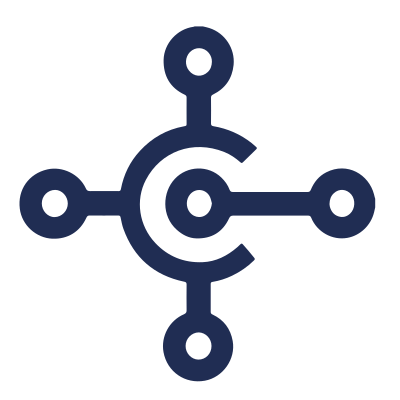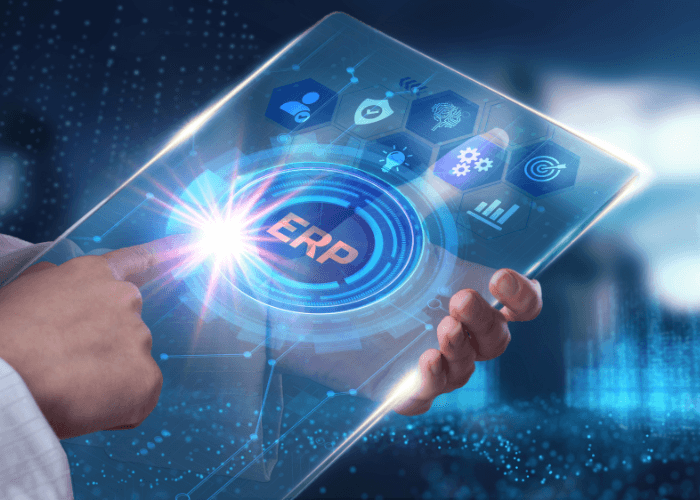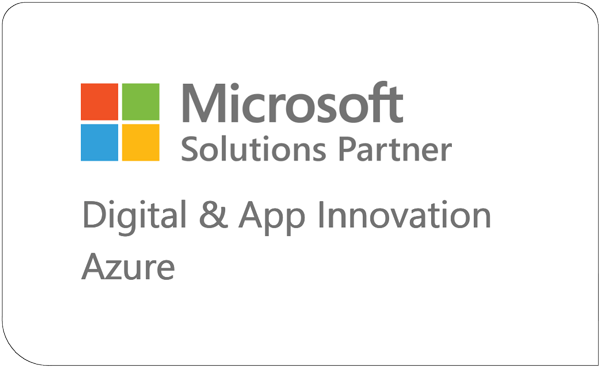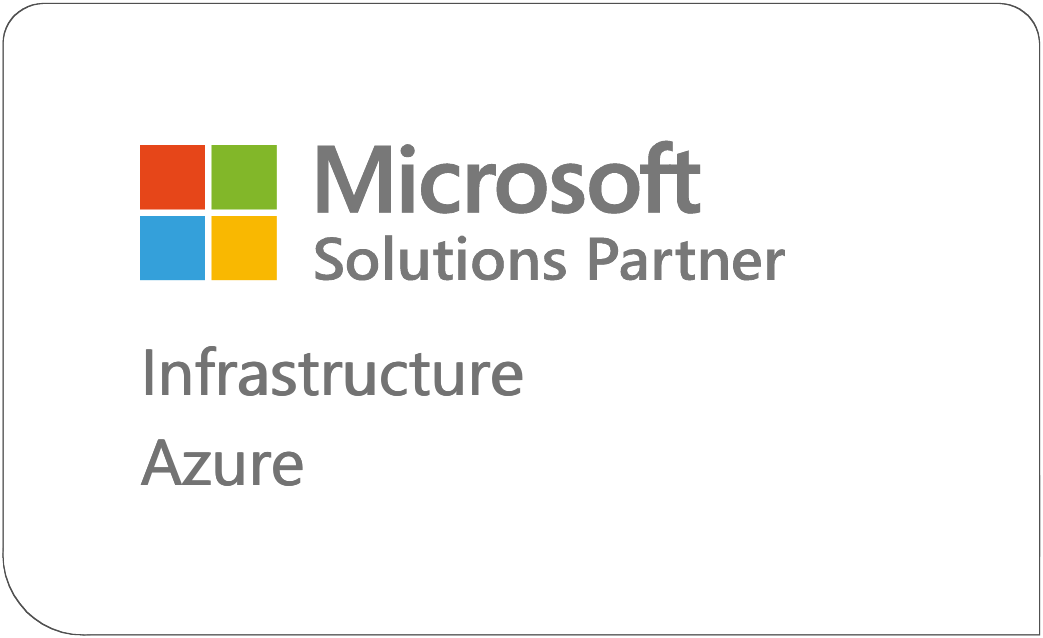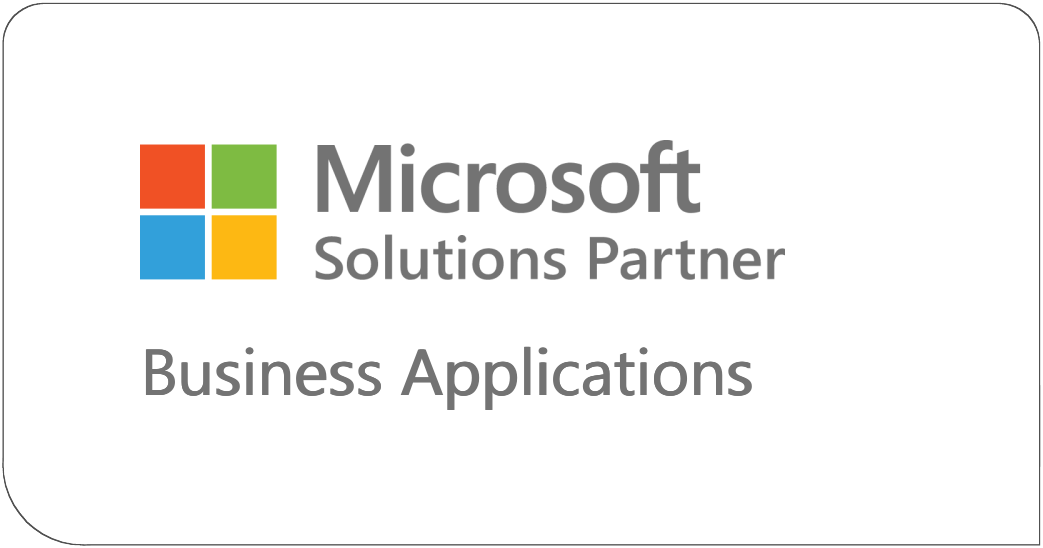In today’s fast-paced and complex business environment, effective management of inventory and resources is more important than ever. Organisations across manufacturing, distribution, wholesale, and service industries all face the challenge of balancing supply and demand, avoiding costly stockouts or surplus stock, and improving operational efficiency. Predictive demand forecasting – powered by Artificial Intelligence (AI) integrated into Enterprise Resource Planning (ERP) systems – is now transforming how companies optimise their inventory and resource levels with unprecedented accuracy.
The transformation of demand forecasting through AI
Traditional demand forecasting methods often relied heavily on historical sales or usage data combined with manual analysis and simple forecasting models. While these approaches provide a baseline, they frequently fail to capture the complexity of modern markets, where customer behaviour and external factors can shift rapidly.
Today’s AI-enhanced ERP platforms offer a sophisticated alternative. By analysing vast datasets from across an organisation, including historical trends, current transactions, seasonal variations and event-driven influences, AI-driven models learn continuously to improve their accuracy. These advanced tools can process complex patterns and correlations that would be difficult for human analysts to detect.
For example, Microsoft Dynamics 365 Business Central integrates AI features like Microsoft Copilot, which allows users to access intelligent demand forecasts and scenario simulations in natural language, right within their ERP system. This integration helps business leaders make faster, data-driven decisions without requiring specialist data science skills.
Enhancing historical data with machine learning
While historical data remains a critical foundation for demand forecasting, AI algorithms take this to the next level. Machine learning techniques scan extensive records of past transactions and operational data to identify subtle trends across products, regions, customer segments, specific timeframes and more. This depth of insight improves forecasting precision and reduces costly errors such as overstocking or stockouts.
AI-powered ERP systems also update forecasts dynamically, adjusting predictions as new data arrives. This adaptability is essential in today’s fast-moving markets, enabling organisations to respond swiftly to changing demand patterns and optimise inventory and resource allocation continuously.
Factoring in seasonality and event-driven demand
Seasonal trends and external events frequently influence demand. AI models embedded in ERP systems automatically learn and incorporate these patterns into their forecasts without requiring manual adjustments.
In addition to regular seasonal cycles, special events such as product launches and marketing initiatives or aspects out of your control such as supply chain disruptions can dramatically affect demand. AI-enabled ERP platforms support scenario planning and ‘what-if’ analyses, enabling organisations to simulate potential impacts and prepare contingency plans.
For instance, a manufacturing business might model how a supplier delay or a sudden surge in orders due to a promotional campaign could affect stock levels and production schedules, allowing proactive adjustments to prevent costly disruptions.
Integrated AI across business operations
The power of AI-enhanced forecasting lies in its seamless integration across business functions. Modern ERP systems unify data from sales, purchasing, warehousing, finance and production into a single, reliable source of truth. AI tools leverage this comprehensive data environment to generate more accurate demand signals and alert decision-makers to emerging trends or risks.
At Sci-Net, we specialise in implementing Microsoft Dynamics 365 Business Central with AI-driven forecasting capabilities tailored to diverse industries. Our approach focuses on transparency and user empowerment – ensuring that business users can understand AI outputs and confidently use them to guide operational decisions. This collaborative approach breaks down traditional data silos and aligns teams around shared, data-driven goals.
Furthermore, AI-powered ERPs can integrate data from external sources such as economic indicators, weather forecasts and market trends to further refine forecasts. This ability to assimilate multiple data streams enhances foresight and enables more resilient planning.
The business benefits
The benefits of AI-driven predictive demand forecasting extend beyond inventory control. By optimising stock and resource levels, organisations reduce excess capital tied up in inventory, cut waste and minimise operational costs. Cash flow improves, enabling reinvestment in strategic initiatives.
Customer and stakeholder satisfaction also improves through better availability of products or services and more reliable delivery times. This fosters trust and loyalty, crucial in competitive and fast-changing markets.
Agility is another key advantage. AI-enabled ERP systems help organisations detect market shifts and supply chain issues or sudden demand spikes early, allowing for a rapid response. This agility not only mitigates risks but also enables businesses to capitalise on emerging opportunities and maintain a competitive edge.
The future of AI in demand forecasting
Looking forward, AI will become even more embedded within ERP ecosystems. Innovations such as Microsoft’s ‘Chat with Copilot’ demonstrate how natural language AI interfaces will make advanced analytics accessible to more users. This empowers frontline staff and managers alike to interact with complex data intuitively and act quickly.
At Sci-Net, we are passionate about helping organisations harness the power of AI within ERP to unlock new efficiencies and competitive advantages. With over 30 years of experience in ERP implementation and AI integration, we deliver solutions that are transparent and reliable, while also tailored to meet the unique needs of diverse businesses
Conclusion
AI-powered predictive demand forecasting represents a fundamental shift in how organisations manage inventory and resources. By combining historical data, seasonal insights and event-driven intelligence within integrated AI-enabled ERP platforms, businesses can optimise planning with unprecedented accuracy and responsiveness.
For companies across industries seeking to thrive amid complexity and change, embracing AI-driven demand forecasting within a modern ERP system is a strategic imperative. Partnering with experienced specialists like Sci-Net ensures that organisations unlock the full value of these technologies, building resilient and efficient operations ready for the future.
Ready to embrace the future? Contact us here: hello@sci-net.co.uk.
